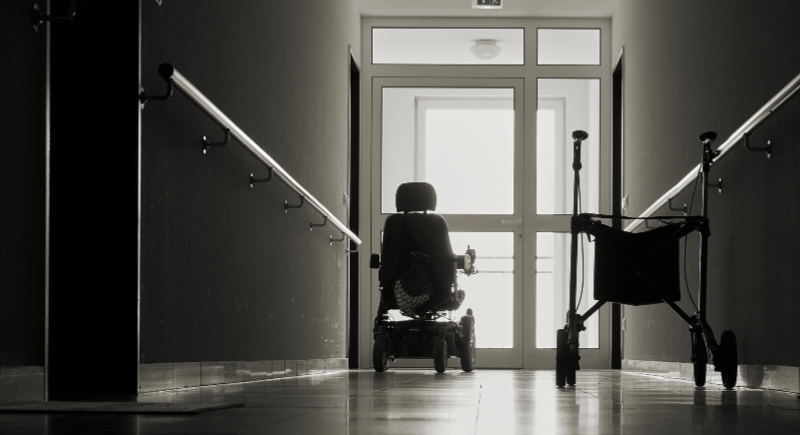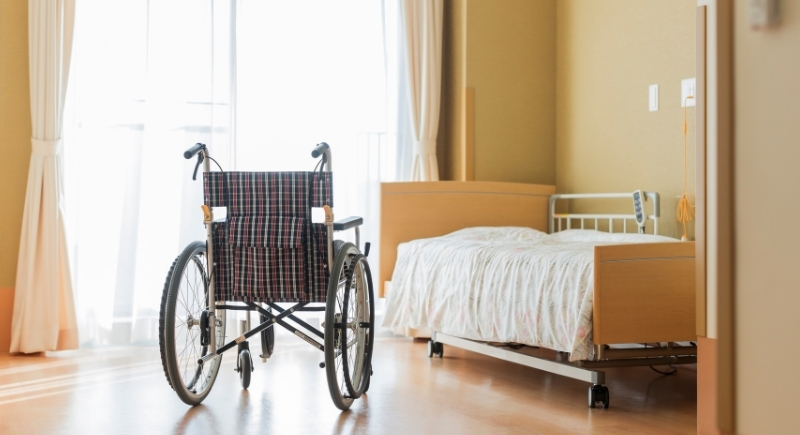15 Common Misconceptions People Have About Nursing Homes
Most people’s opinions about nursing homes are based on stories or past experiences. People imagine bleak hallways and disengaged residents, but that picture is outdated. The truth is that they have changed significantly over the years. Modern nursing homes prioritize comfort and genuine human connection.
Here’s an honest look at some of the most common misconceptions about nursing homes and what life inside them is actually like.
Nursing Homes Are Just for Seniors

Credit: Canva
While most residents are older adults, many younger people move in temporarily after surgery, injury, or illness. Nursing homes aren’t age-exclusive. They’re equipped for anyone needing short-term recovery or medical supervision that can’t be managed safely at home.
Independence Disappears at the Door

Credit: Getty Images
Living with support shouldn’t mean giving up control. Residents still decide when to wake up, what to eat, and how to spend their time. The staff’s role is to make those choices easier, not to replace them. It’s care that adjusts to the person, not the other way around.
They All Look Like Sterile Hospitals

Credit: Getty Images
Most facilities now feel more like small communities than medical wards. They now offer private rooms, outdoor spaces, and shared lounges, rather than long, fluorescent corridors. The goal is to make life feel normal, not clinical.
Families Leave & Walk Away

Credit: Getty Images
Moving a loved one to a nursing home doesn’t mean abandoning them. Many families remain closely involved by attending events, participating in care meetings, and visiting often. Staff usually encourage these relationships because they know family connection strengthens emotional well-being.
The Staff Are Indifferent

Credit: Getty Images
Good care comes from people who actually care. Nurses, aides, and therapists often become part of residents’ daily lives. They learn their habits and earn their trust in return. In strong communities, staff see their work not as a job but as a way to serve and stay connected to others.
Life Inside Is Dull

Credit: Canva
Many homes run packed activity calendars that include everything from fitness classes to gardening and movie nights. These programs are designed to keep minds active, bodies moving, and spirits up.
One Nursing Home Can Differ Hugely From Another

Credit: Canva
Nursing homes aren’t interchangeable. Each facility has its own culture, level of care, and specializations. Some excel in memory support, while others excel in rehabilitation or chronic illness management. Visiting, reading reviews, and checking ratings are essential before making a choice.
Home Care Is Cheaper

Credit: Getty Images
Hiring full-time caregivers and managing medical costs (which also involves modifying the house in some cases) can add up fast. People choose nursing homes instead because they offer comprehensive care, including medical care, meals, accommodation, and therapy, all wrapped up in one cost. For those needing constant help, that often turns out to be more practical and predictable.
Residents Are Locked Inside

Credit: pexels
Getting outside is part of daily life for most residents. Many homes have gardens, patios, or safe walking trails. Some even organize local outings for the elderly. Fresh air and sunshine are integral to the care model, providing physical and emotional balance for the residents.
They’re Depressing Places

Credit: Canva
Facilities these days aim to feel welcoming. Step into one and you will find lively communal areas, friendly faces, and engaging programs replace the old institutional vibe. The mood inside is never bleak. Instead, it depends more on leadership and culture than the walls themselves, and many homes get it right.
The Medical Care Is Lacking

Credit: Canva
Good nursing homes always ensure the safety and well-being of their residents. Registered nurses, certified aides, and on-call doctors work under strict regulations. Health records are monitored daily, and emergencies get quick responses. It’s professional healthcare in a residential setting.
Admission Is a One-Way Decision

Credit: Canva
Plenty of people check into a nursing home, recover, and go home. So it doesn’t have to be forever. In fact, short-term stays for rehab after surgery are common. Even long-term residents can visit family or join outings. Admission is often about getting better, not staying forever.
Couples Can’t Stay Together

Credit: Canva
It’s becoming standard for facilities to offer shared rooms or adjoining suites for partners. Each person’s medical needs are managed individually, but they still live side by side and enjoy each other’s company. That closeness can make the transition feel less like separation and more like continuity in a safer environment.
Privacy Is Sacrificed

Credit: iStockphoto
Residents have the right to personal space and confidentiality. Staff knock before entering, respect boundaries, and protect medical details. Modern nursing homes are built on the principle that care and dignity can coexist for the benefit of residents.
They’re the “End of the Road”

Credit: Getty Images
A nursing home isn’t where life stops. For many families, it’s a choice made out of care, not defeat. It’s a way to make sure someone is safe, comfortable, and surrounded by people who can help. It’s the beginning of a steadier, more supported phase of life.